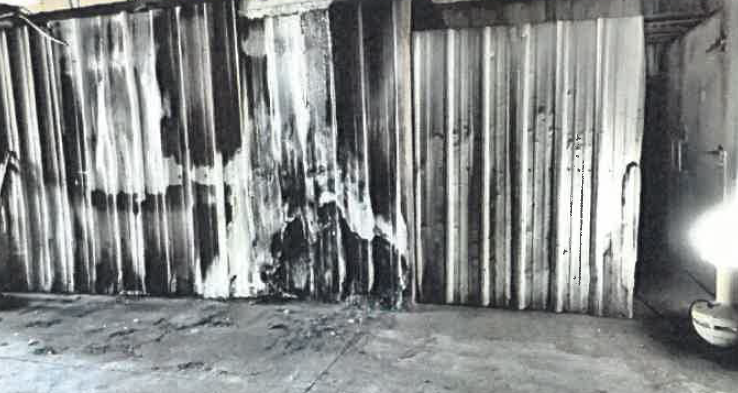Larry Bache and I are currently handling a devastating fire loss to a powder coating and plating facility located in Watertown, South Dakota. Our clients purchased a replacement cost value policy of insurance – the purpose being to allow them to rebuild after a loss. Unlike actual cash value coverage, which has the intent of placing an insured back in the position it enjoyed prior to a loss, but never allowing it to benefit because a loss occurred, replacement cost coverage is not a pure indemnity agreement. It reimburses an insured for the full cost of repairs, even if that results in placing the insured in a better position than it was before the loss.1
Whether you are insured under an actual cash value or replacement cost value policy, it is important to understand how to appropriately calculate the depreciation and the actual cash value of a loss. Actual cash value in its simplest sense allows an insured replacement cost payment less depreciation. The initial actual cash funds are often vital to an insured’s ability to begin its repairs. Depreciation is defined as physical deterioration. Such deterioration naturally diminishes the actual value, or real worth, of the property or item. Unfortunately, an insurance policy typically fails to provide any rule or discussion for determining what constitutes actual cash value.
Courts around the country have defined the term of actual cash value in three ways:
- fair market value;
- replacement cost less depreciation; or
- according to the broad evidence rule.
Market value has been applied to determine the actual cash value at the time of loss in cases in which the damaged goods or personal property have a market value which can be readily determined.2 Replacement cost, less physical depreciation, establishes the theoretical present cost of reproducing a particular building. Finally, the broad evidence rule permits consideration of all evidence one would find relevant to a determination of value.
The broad evidence rule which has its origins in McAnarney v. Newark Fire Insurance Company,3 a case involving a total fire loss to seven large buildings designed for the manufacture of malt. Because of the passage of the National Prohibition Act, the manufacture was discontinued, and the buildings ceased to be employed for any useful purpose. The McAnarney court determined that every fact and circumstance which would logically tend to the formation of a correct estimate of the loss should be considered to effectuate complete indemnity.4
Since the McAnarney decision, many courts in the United States have adopted the broad evidence rule to determine actual cash value. South Dakota first adopted the broad evidence rule in Lampe Market Co. v. Alliance Insurance Company.5 The Lampe Market court held that while replacement cost, less depreciation, is an element to be considered, it is not the sole test of the actual cash value of an insured building:
In determining the ‘actual cash value’ of said building the jury should take into consideration the cost of restoration or replacement of the building less depreciation thereon since it was erected; any element of obsolescence; the size of the building; the material of which it is composed; its age and state of preservation. You should also take into consideration the amount for which the property would sell for cash at a fair sale in the usual course of business; that is, the amount for which the property would sell at a sale in which the seller was not forced to sell but in which he was ready and willing to sell and the purchaser was not forced to buy but was ready and willing to buy. You should take into consideration the opinions upon value given by qualified witnesses; the gainful uses to which the building might have been put; its value for the purpose of rental; its location in the community, and any other facts disclosed by the evidence which will throw any light upon the actual cash value of the building at the time of the loss.
When determining actual cash value in South Dakota, one must not stop after determining replacement cost less depreciation. There must be further consideration for every fact and circumstance which would logically tend to the formation of a correct estimate of the loss. While disadvantage of the broad evidence rule certainly is its lack of predictability, it does allow one to determine the true economic value of insured property.
________________________________
1 Travelers Indem. Co. v. Armstrong, 442 N.E.2d 349 (Ind. 1982) .
2 Depreciation as Factor in Determining Actual Cash Value for Partial Loss under Insurance Policy, 8 A.L.R.4th 533, § 2[a] (1981).
3 McAnarney v. Newark Fire Ins. Co., 247 N.Y. 176 (N.Y. Ct. App. 1928).
4 McAnarney, at 184.
5 Lampe Market Co. v. Alliance Ins. Co., 22 N.W.2d 427, 428 (S.D. 1946).

